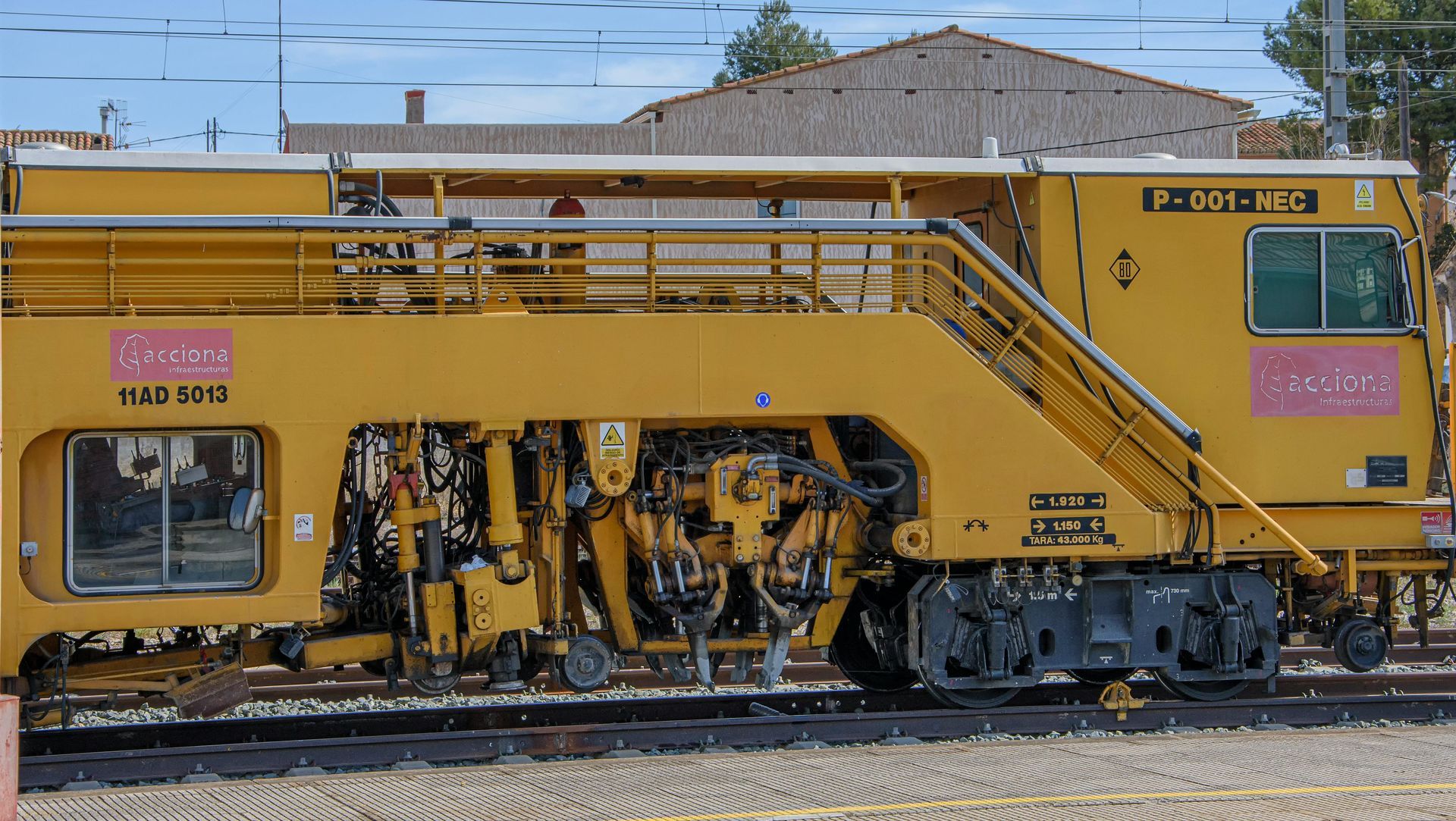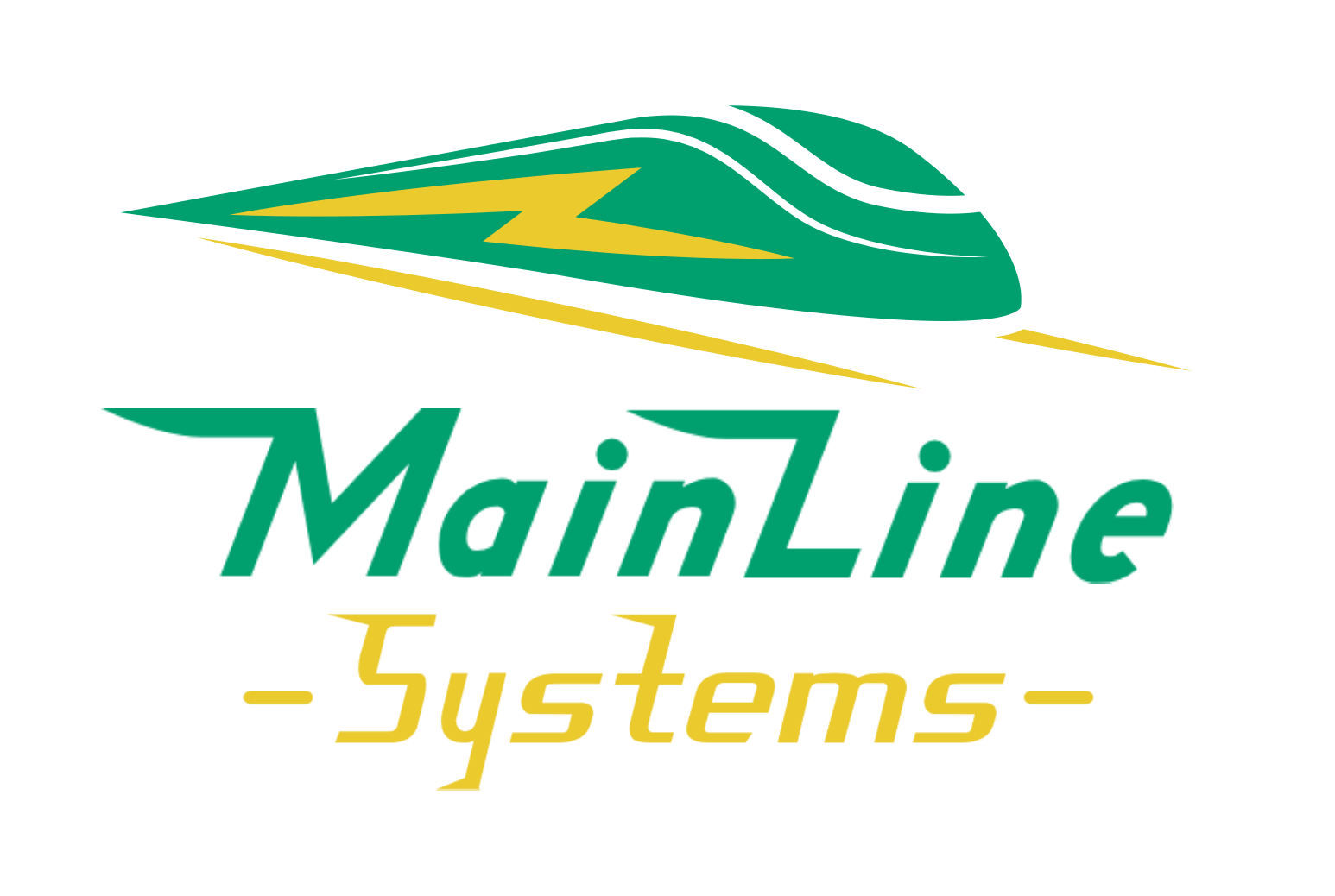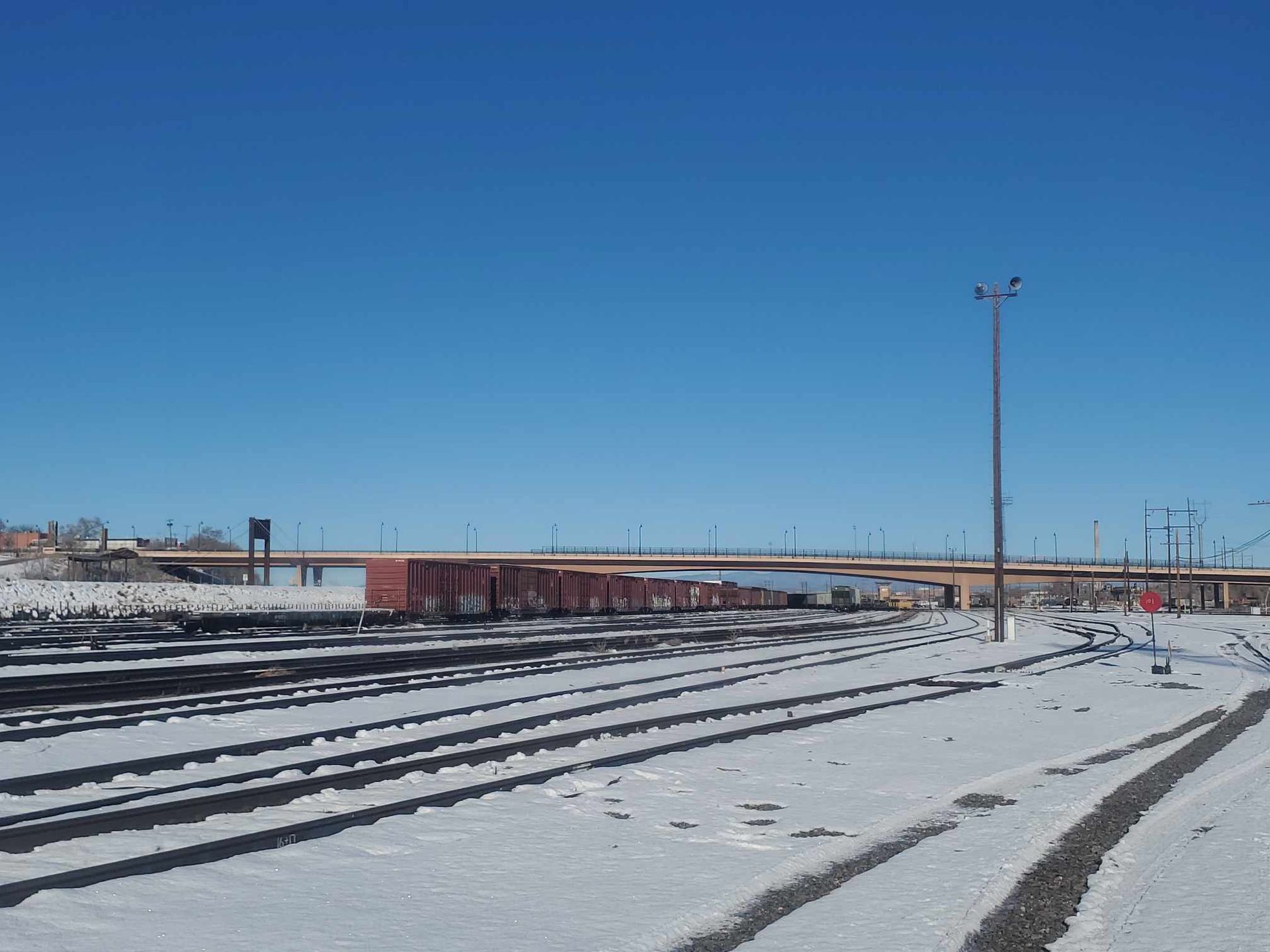TrackAccess Autonomous Mode Unlocks New Era of Train & MOW Coordination
Manager-Guided Operations Deliver Real-Time Control Without Dispatcher Regulatory Burden

In a major step forward for decentralized rail operations, the Autonomous functionality in TrackAccess is redefining how train and Maintenance-of-Way (MOW) traffic can be safely and efficiently managed—without the need for a formal dispatcher. This flexible setup enables qualified crews to set up and release their own track authorities, while a designated manager oversees traffic flow, movement sequencing, and safety coordination in real time.
A Smarter, More Agile Operating Model
Under this model, authority is no longer issued from a central dispatch desk. Instead, each train or MOW user initiates their own authority requests directly within the TrackAccess system. This self-service model streamlines operations, reduces delays, and improves responsiveness in the field—particularly beneficial for shortlines, terminal railroads, industrial operations, and special work windows.
At the same time, a manager plays a critical coordinating role: determining which movements have priority, advising when authority should be set up or released, and ensuring all users remain in sync to prevent conflicts. Unlike traditional dispatchers, however, this manager does not operate a dispatching console or formally issue authorities on behalf of others. This structural difference is what places them outside the scope of dispatcher certification and federal hours-of-service requirements.
Real-Time Coordination, Without Regulatory Red Tape
This new operational approach maintains the core principles of safe, orderly movement—but with less regulatory and procedural friction. Since the manager does not issue or revoke authority, they are not defined as a dispatcher under FRA regulations. That means:
- No formal dispatcher training or certification is required.
- Hours-of-service restrictions do not apply.
- Operations can be scaled or modified more easily without regulatory overhead.
Instead, field crews retain control of their own authorities, while the manager acts as a real-time coordinator—guiding the flow of traffic and making priority calls based on the current conditions on the ground.
Benefits Across the Rail Landscape
This innovative model offers clear advantages:
- Faster decision-making without dispatch delays.
- More flexible staffing models—ideal for smaller operators or time-sensitive projects.
- Clear digital records of authority actions for transparency and auditability.
- Compliance-friendly design that respects the boundary between coordination and formal dispatching.
For railroads seeking to modernize operations while avoiding the complexities of full dispatch systems, TrackAccess Autonomous Mode offers a powerful middle ground—balancing freedom and control, efficiency and safety.
Looking Ahead
As more railroads explore decentralized traffic management, the Autonomous + Manager model is gaining traction as a forward-thinking alternative to conventional dispatching. Whether for day-to-day operations, work zone management, or special traffic scenarios, it provides the tools to maintain safety and order—without compromising flexibility or compliance.
TrackAccess is proud to be at the forefront of this evolution, giving railroads of all sizes the capability to modernize their movement strategies without overcomplicating their command structures.





